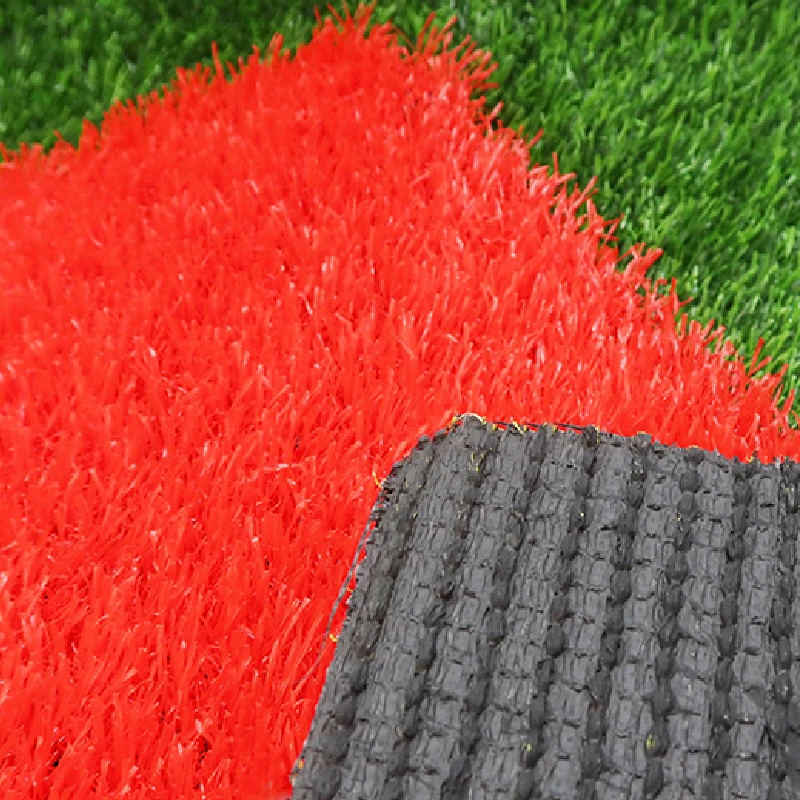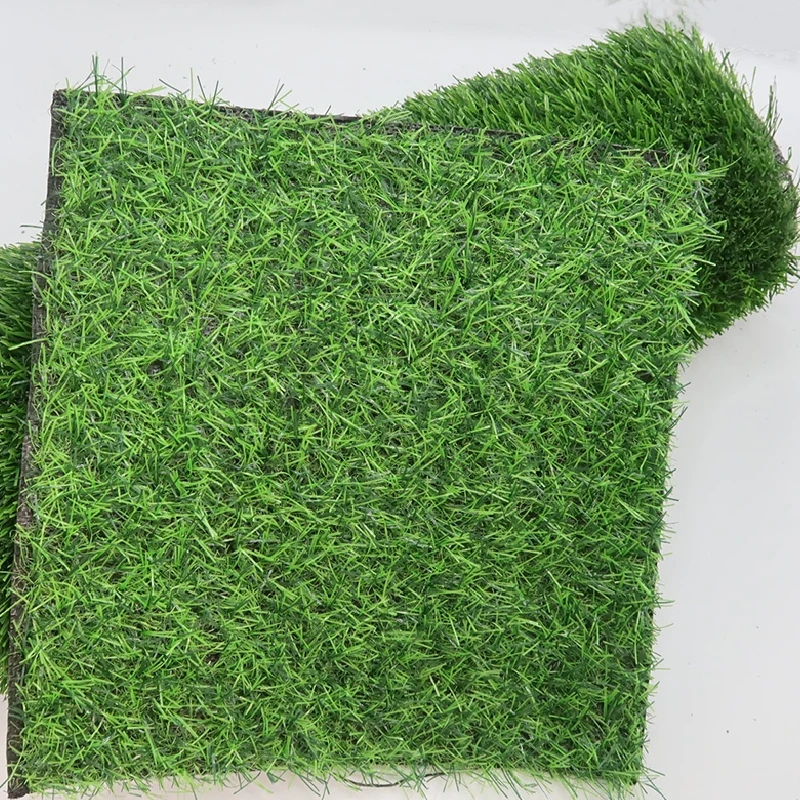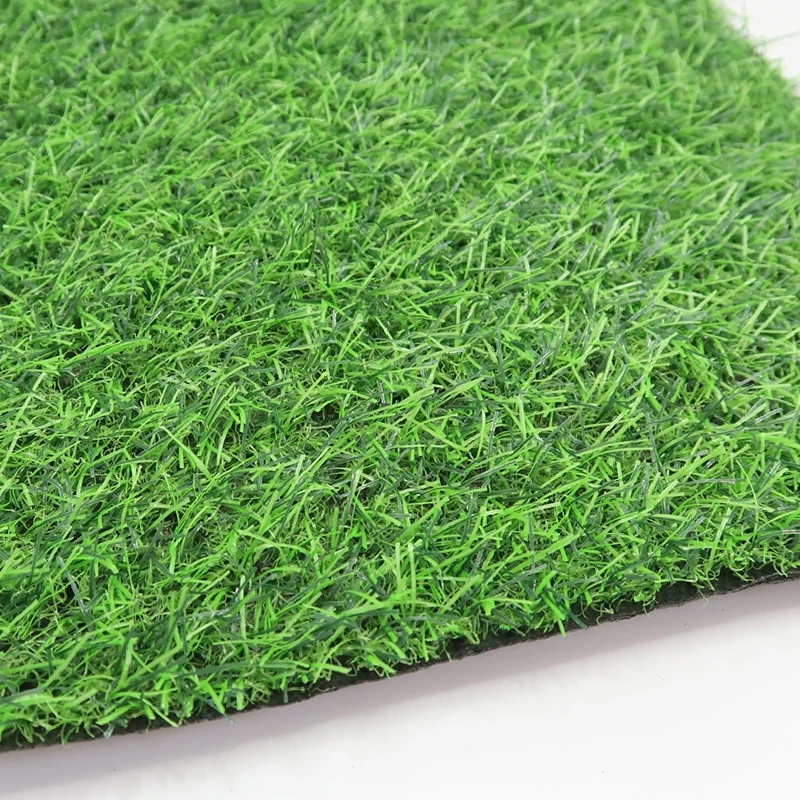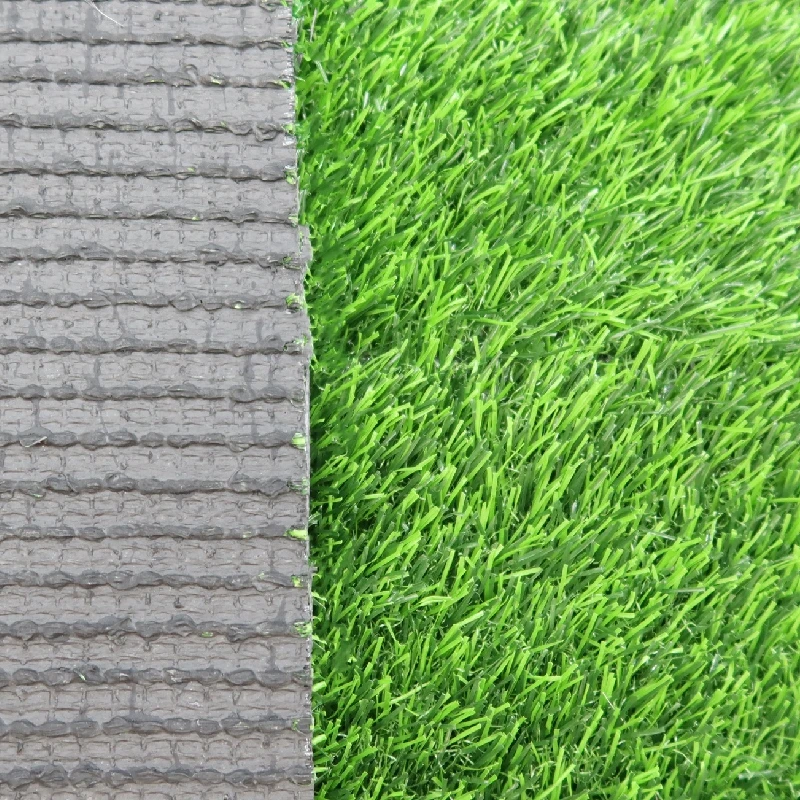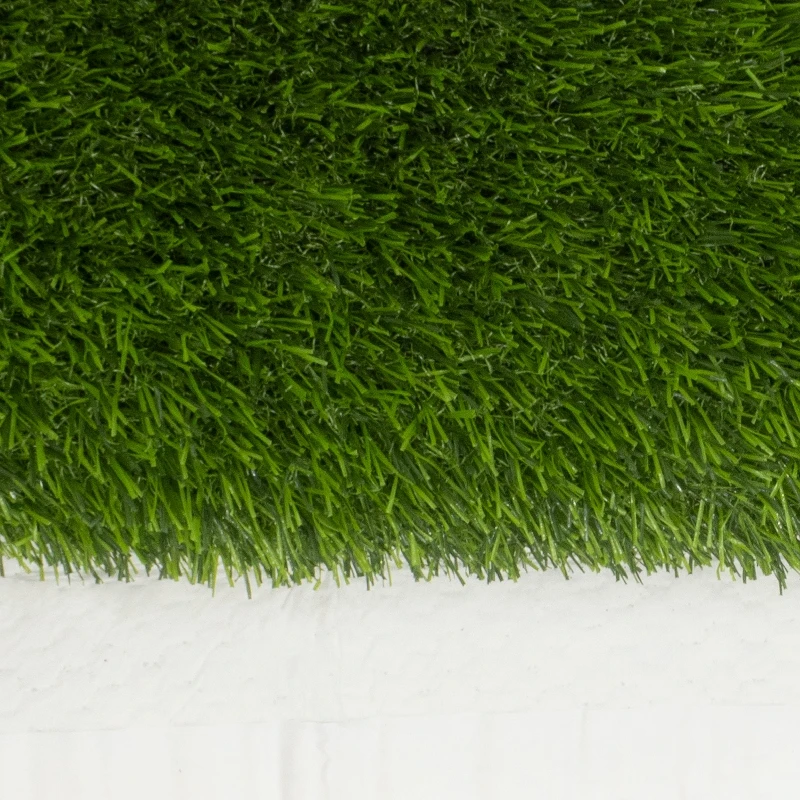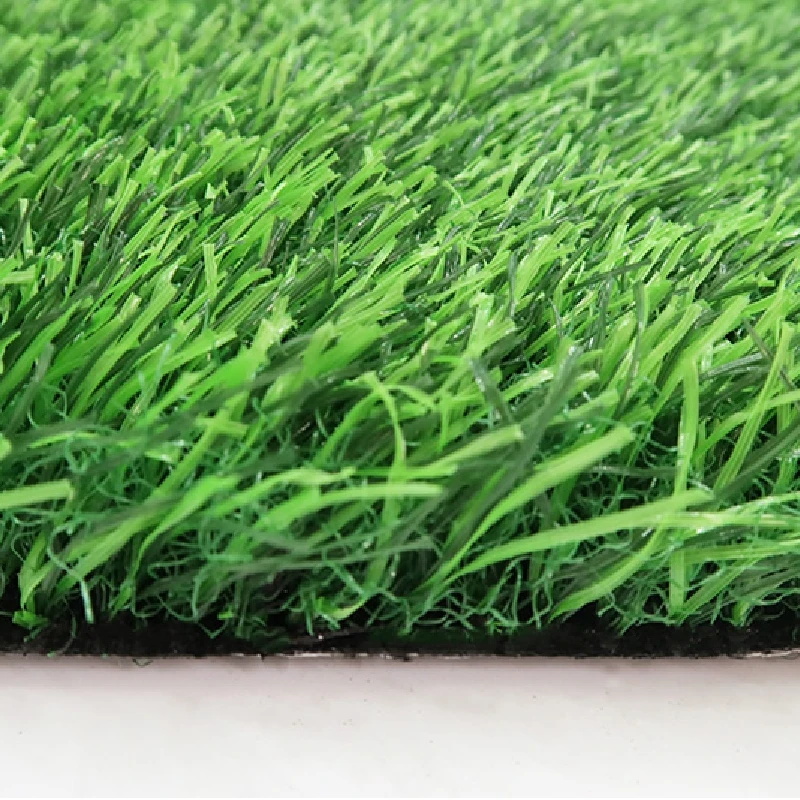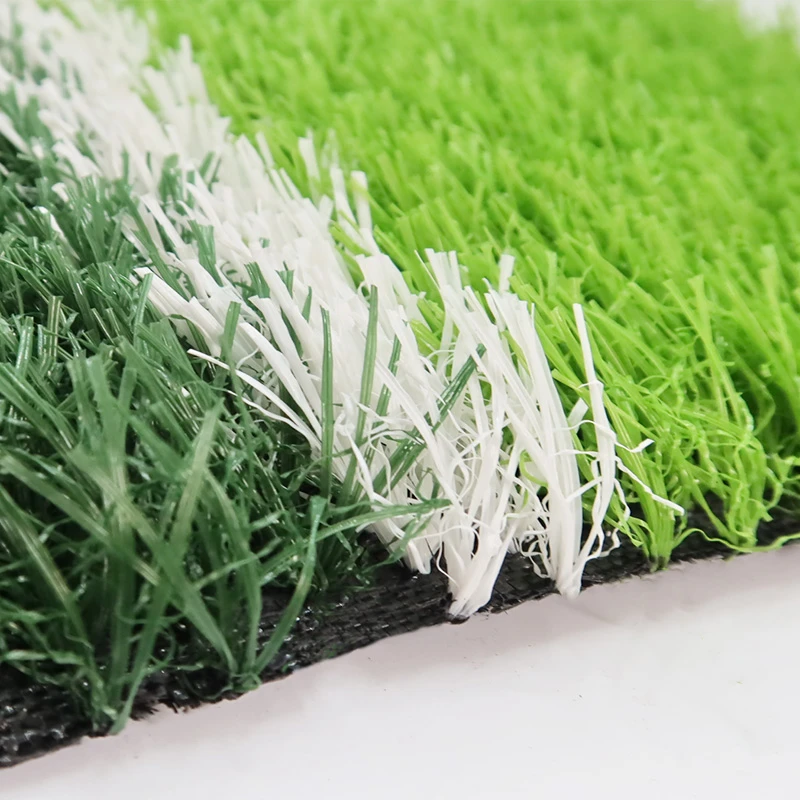
- Afrikaans
- Arabic
- Belarusian
- Bengali
- Czech
- Danish
- Dutch
- English
- Esperanto
- Estonian
- Finnish
- French
- German
- Greek
- Hindi
- Hungarian
- Icelandic
- Indonesian
- irish
- Italian
- Japanese
- kazakh
- Rwandese
- Korean
- Kyrgyz
- Lao
- Latin
- Latvian
- Malay
- Mongolian
- Myanmar
- Norwegian
- Persian
- Polish
- Portuguese
- Romanian
- Russian
- Serbian
- Spanish
- Swedish
- Tagalog
- Tajik
- Thai
- Turkish
- Turkmen
- Ukrainian
- Urdu
- Uighur
- Uzbek
- Vietnamese
indoor outdoor artificial turf
Nov . 11, 2024 10:20 Back to list
The Versatility of Indoor and Outdoor Artificial Turf
Artificial turf has become increasingly popular in recent years for both indoor and outdoor applications. From sports fields to home gardens, its versatility offers a wide range of benefits that appeal to various users. In this article, we will explore the advantages, uses, and considerations of artificial turf, highlighting its significance in today's environment.
Understanding Artificial Turf
Artificial turf, often referred to as synthetic grass, is manufactured from synthetic fibers designed to resemble natural grass. Originally developed for sports fields, it has now expanded to residential landscaping, playgrounds, and indoor recreational spaces. These synthetic surfaces are engineered to withstand heavy usage, making them suitable for both recreational and aesthetic purposes.
Advantages of Artificial Turf
One of the primary benefits of artificial turf is its low maintenance requirement. Unlike natural grass, which demands regular mowing, watering, and fertilizing, artificial turf remains consistently green without any excessive care. This quality is particularly advantageous for individuals looking to reduce time and resources spent on landscaping.
Durability is another significant factor. Artificial turf can endure harsh weather conditions and high foot traffic without losing its structural integrity. This resilience is particularly beneficial for sports facilities, where constant use can lead to quick wear and tear of natural grass surfaces.
Environmental considerations are also an important advantage. Artificial turf eliminates the need for chemical fertilizers and pesticides that can negatively impact local ecosystems. Furthermore, it conserves water, making it an eco-friendly choice, particularly in regions prone to drought. With water scarcity becoming an increasingly pressing issue, the switch to artificial grass can be a step towards more sustainable landscaping practices.
Indoor Applications of Artificial Turf
The use of artificial turf indoors has gained traction in recent years, especially in urban areas where access to natural green spaces is limited. Indoor sports facilities, gyms, and recreational centers have adopted synthetic surfaces to create versatile training environments. For example, football, soccer, and even golf training facilities benefit from the consistent playing conditions that artificial turf provides.
indoor outdoor artificial turf
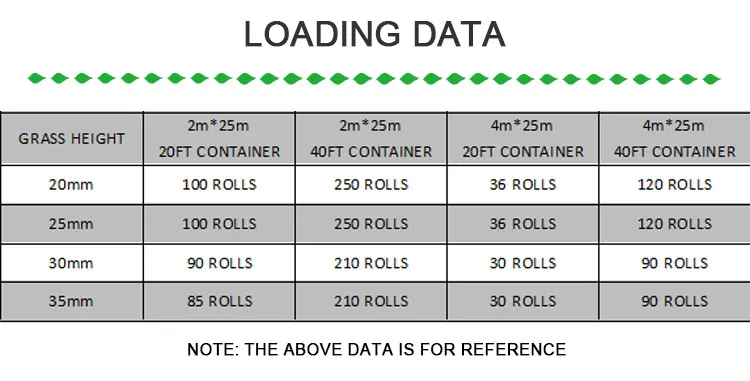
Additionally, artificial turf can enhance the aesthetics of indoor spaces. Many businesses, including restaurants and retail stores, have started incorporating synthetic grass into their interior designs to create inviting atmospheres. From play areas for children to recreational lounges with a touch of nature, indoor artificial turf delivers a unique blend of functionality and style.
Outdoor Applications of Artificial Turf
Outdoors, the applications are just as varied. Homeowners are increasingly opting for artificial turf in their gardens and backyards. Whether it’s to create a safe play area for children or a low-maintenance lawn for pets, synthetic grass provides a practical solution. This is particularly true for families who want to maintain a lush, green yard without the burden of upkeep.
Public spaces such as parks and playgrounds are also utilizing artificial turf to promote year-round usability. Playground surfaces made from synthetic grass provide a soft landing for children, reducing the risk of injury while ensuring that the area remains clean and aesthetically pleasing.
Considerations and Challenges
While artificial turf offers numerous advantages, it's essential to consider some potential drawbacks as well. One of the primary concerns is heat retention; synthetic surfaces can become significantly hotter than natural grass in direct sunlight. This issue may impact the safety and comfort of users during hot weather.
Another consideration is the initial investment. Although artificial turf can save money in the long run due to reduced maintenance costs, the upfront expense can be considerable. Homeowners and organizations need to evaluate their budgets and long-term needs before making a decision.
Conclusion
Artificial turf represents an innovative solution for enhancing both indoor and outdoor spaces. Its low maintenance, durability, and environmental benefits make it an attractive option for various applications. While there are considerations to keep in mind, the increasing use of synthetic grass across different sectors highlights its growing importance in our daily lives. Whether for sports, landscaping, or aesthetic purposes, artificial turf continues to reshape how we interact with our environments, offering beauty and functionality with minimal effort.
-
The Benefits of Artificial Turf for Indoors
NewsJul.15,2025
-
How Artificial Grass Suppliers Ensure Quality Products
NewsJul.15,2025
-
Artificial Grass and Pets: A Space for Relaxation
NewsJul.08,2025
-
Balcony & Outdoor Decoration with Artificial Grass
NewsJul.08,2025
-
Best Indoor Artificial Grass for Home
NewsJul.07,2025
-
Best Pet Turf for Dogs: Safe & Durable Artificial Grass Options
NewsJul.07,2025
Products categories


